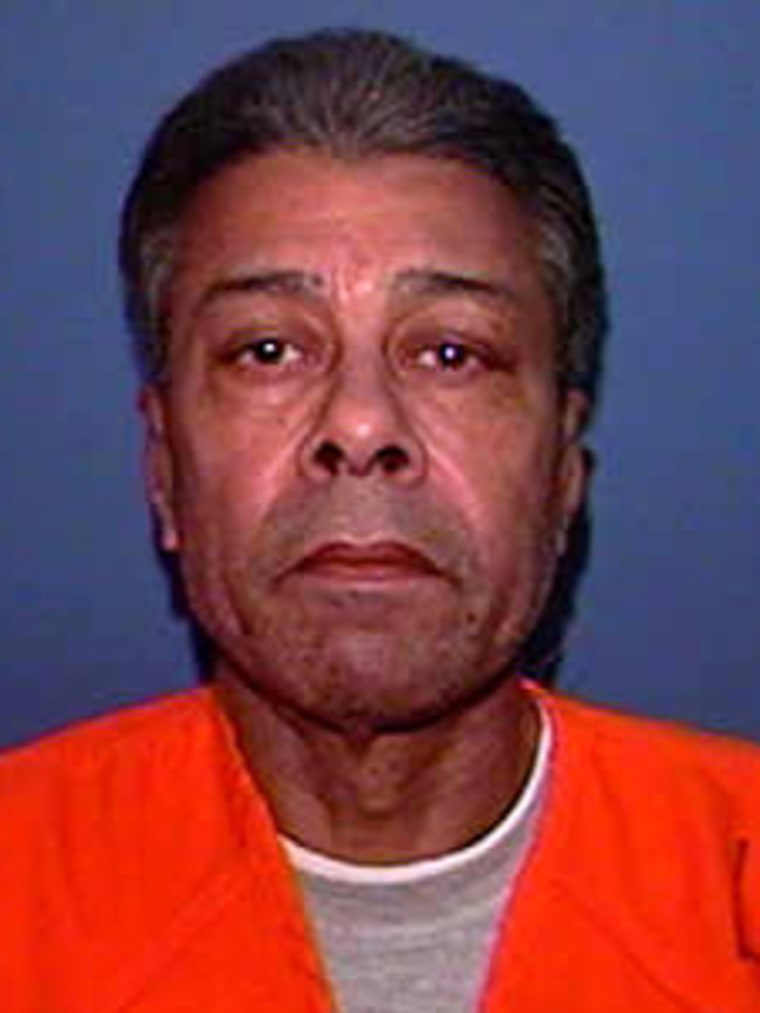Death penalty foes have warned for years of the possibility that an inmate being executed by lethal injection could remain conscious, experiencing severe pain as he slowly dies.
That day may have arrived.
Angel Nieves Diaz, a career criminal executed for killing a Miami topless bar manager 27 years ago, was given a rare second dose of deadly chemicals as he took more than twice the usual time to succumb. Needles that were supposed to inject drugs into the 55-year-old man’s veins were instead pushed all the way through the blood vessels into surrounding soft tissue. A medical examiner said he had chemical burns on both arms.
“It really sounds like he was tortured to death,” said Jonathan Groner, associate professor of surgery at the Ohio State Medical School, a surgeon who opposes the death penalty and writes frequently about lethal injection. “My impression is that it would cause an extreme amount of pain.”
The error in Diaz’s execution led Gov. Jeb Bush to suspend all executions Friday. Separately, a federal judge extended a moratorium on executions in California, declaring that its method of lethal injection violates the constitutional ban on cruel and unusual punishment.
They were just the latest challenges to lethal injection — the preferred execution method in 37 states. Missouri’s injection method, similar to California’s, was declared unconstitutional last month by a federal judge. The U.S. Supreme Court has upheld executions despite the pain they might cause, but has left unsettled the issue of whether the pain is unconstitutionally excessive.
Painkiller may wear off before execution
Diaz was given three drugs: to deaden pain, paralyze the body and cause a fatal heart attack. A study published last year in the British medical journal The Lancet concluded that the painkiller, sodium pentothal, could wear off before inmates die, subjecting them to excruciating pain when the potassium chloride causes a heart attack.
That study has been cited in unsuccessful appeals for death row inmates, who have claimed any pain experienced during lethal injection violates the cruel and unusual standard.
Dr. Nik Gravenstein, professor and chairman of anesthesiology at the University of Florida, said it is impossible to say how much pain the chemicals produce since inmates can’t be interviewed while being executed, but he said patients given lower levels of the same chemicals for various treatments “describe this as being painful.”
Dr. William Hamilton, the Gainesville medical examiner who performed the autopsy on Diaz, refused to say if Diaz died painfully until the autopsy is complete.
Florida Corrections Secretary James McDonough said the execution team did not see any swelling of Diaz’s arms that would have indicated that the chemicals were going into tissues and not his veins.
McDonough also said reports that he received indicated Diaz had fallen asleep and was snoring.
However, witnesses reported Diaz was moving as long as 24 minutes after the first injection, including grimacing, blinking, licking his lips, blowing and attempting to mouth words.
It took 34 minutes for Diaz to die. Executions by lethal injection normally take about 15 minutes, with the inmate unconscious and motionless within three to five minutes.
IV needles difficult to put in
Gravenstein said it can be difficult to get IV needles in their proper place. In a hospital setting, the average is 1.6 tries to successfully place an IV.
“The whole process has a lot of opportunity not to go as intended,” he said.
He said someone should have realized what was happening.
“To have given somebody many times what is necessary and then to give them many more times again, it doesn’t pass what one might call the ‘red face test.’ It just doesn’t make sense. You have to be suspicious that something’s not right,” Gravenstein said.
Dr. Philip Lumb, chairman of the anesthesiology department at the Keck School of Medicine at the University of Southern California, was critical of the second dosage given to Diaz. He said he has never made any statements for or against the death penalty.
“If an IV has to be given a second time, it is an indication it has not done right the first time,” Lumb said.
An attorney representing Diaz’s family, D. Todd Doss, said legal action was being considered.
“We are still grieving. It continues to get worse and worse, learning the details of what happened,” said Sol Otero, Diaz’ niece from Orlando. “The excruciating pain and torture my uncle went through for 34 minutes. He was literally crucified.”
